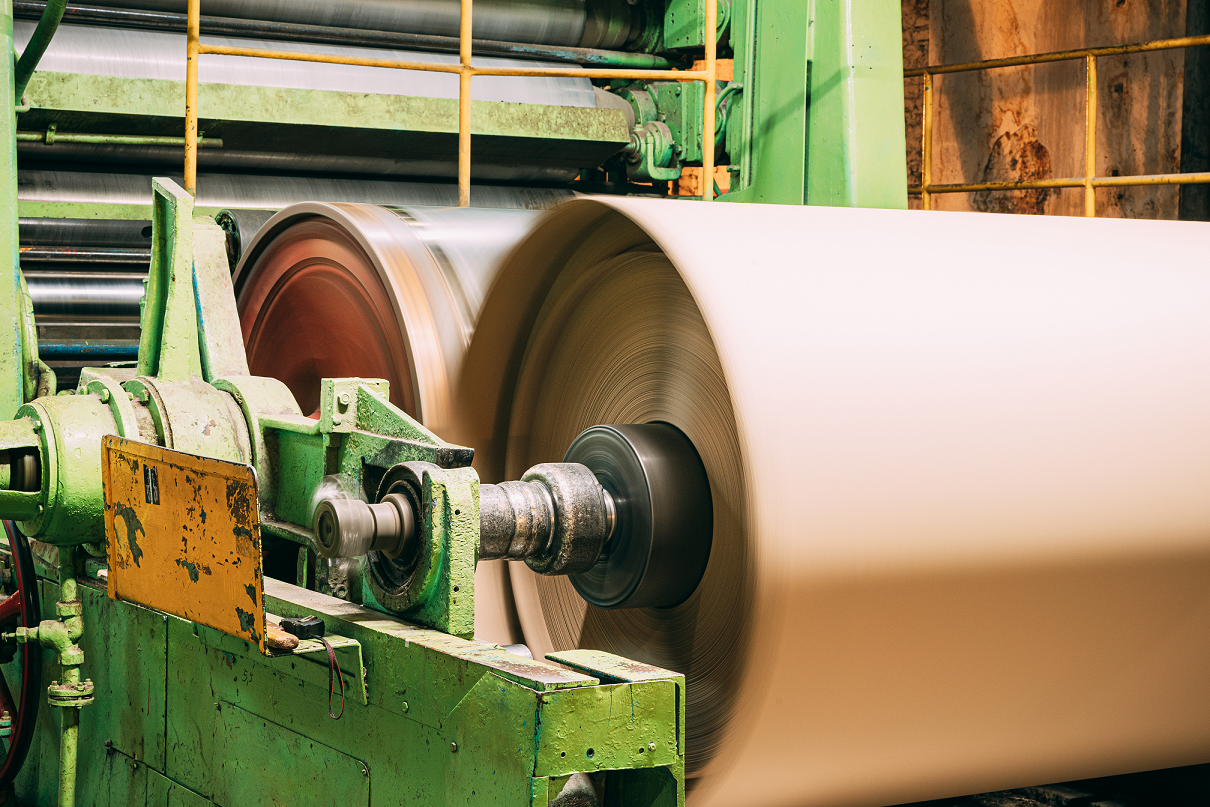Digital Twins Can Operate Paper and Pulp Mills

This year’s conference of the paper and pulp industry focused on using advanced project management related to the digital twin technology. According to automation.com, it’s going to be possible for paper and pulp mills to rely on automatic operation, like aircraft pilots do.
“The Autonomous Mill is “a mill that runs itself with little or no human intervention” utilizing a Digital Twin coupling the Process Model with the Control Model. The development of the Autonomous Mill is following the same path as that of the autonomous auto. First, smart sensors and instruments were required to reliably collect data. Next came secure and robust communications methods to move the data from the mill floor to a control computer, and back. And finally comes the software and human expertise to combine equipment data with data pulled from process computers (DCS) and data mined from a mill’s enterprise-wide computer (ERP) to “navigate” the best path for production and profits.” describes Brad S. Carlberg, the head engineer of control systems in BSC Engineering.
Creating dynamic models of processes for individual areas of a world-class pulp mill can be difficult. The ability to import and export current configuration of the control system to and from a digital twin enables a complex control of process models, but also strategy verification of process management and application programming set for its implementation.
Once a dynamic process model or virtual process factory is built in the digital twins software, the planned behavior of a process factory is analyzed within various parameters – like pulp quality, production pace and operation settings and limitations. Virtual factory helps to reveal problems with the dynamic system’s behavior, including problems with process management.
Another step is launching a digital twin, just like when a real factory is launched, through boot sequences, production pace changes, ore changes and stuff like that in order to find out what the factory will behave like. With a digital twin and a process model in connection with a control model, it is possible to analyze the behavior of an autonomous mill within an array of production speeds, operation settings and limitations.
There have been a lot of textbooks and technical articles written about the processes in paper and pulp mills. To cover it in one article is not possible. However, the conclusions of the mentioned study show that by engaging digital twins, these factories can optimize a significant amount of their processes. Thanks to that, they are able to achieve significant energy savings, they save input chemicals and speed up the production pace.
Let’s talk about a recuperation model as an example. It can be optimized in the way to be operated with higher performance, better effectivity, increased reduction of green lye, minimized pollution, as well as reduced emissions. “Optimization of these sequences can involve using “smart sootblowing” based upon furnace draft pressures and temperatures which would signal when to blow certain regions of the tubes. For example, if the temperature rises in a particular region, that would say that the tubes are becoming covered with soot and it would run the sootblowers in that region. You can also sequence the individual sootblower operation for optimal steam usage,” describes Brad S. Carlberg.
Similar results can be seen in the recausticisation processes, during the passage of material through fermentors, when washing, bleaching and within other steps as well.
Thanks to continuous and flawless automation in one or more parts of the factory, the operators will be able to intervene in the production much less and their roles are going to be changed to spectators. They are going to move from direct interventions in processes to whole factory supervision.
Related articles
Jun 7, 2024
DJI introduces its first delivery drone
DJI introduces its first delivery drone
Jun 7, 2024
5 expert insights into the world of dynamic simulations and logistics
5 expert insights into the world of dynamic simulations and logistics
Apr 2, 2024